Current FA53 owners can get the maximum performance from their MINI R53 by subscribing to our CRM Service. Below are the terms and procedures that must be followed in order for us to perform our service.
Prior to starting the Custom Remote Mapping (CRM) Service, you must perform the following procedures on your own:
I. Successfully loaded FA onto you MINI and know how to navigate through the software.
II. Spend one full week and get familiar with the logging process as well as what the various values mean.
III. If you want additional help in understanding the logs, post your questions here.
The reason for this is to set forth a better understanding of your car and its behavior. With the data-logging feature, you now have access to A LOT of information that were ‘hidden’ from you before. So it’s your duty to understand what they all mean and establish a good basis of your starting point. This way, when you actually start tweaking with the maps, you are better able to identify what is ‘normal’ and what is abnormal. Once you have done the above steps, then we can proceed to the CRM Service.
When you email us the logs, rename them accordingly so we can easily reference it. Leave the original logs on the MicroSD card, copy them over to your PC, rename them on your PC w/o opening the csv file, then send it over.
For example, call it “tune2_idle.csv”, “tune2_cold_Start.csv” … etc.
Amendment to the CRM (Remote Mapping) Procedure (Added Sept 24, 2012):
- All CRM tunes will be LOCKED from viewing and editing to prevent customer tampering with the tune during the process.
- All CRM has a 10-Day Time Limit (unless delays are at our end; in which case, we can extend the time line). So from the time we start Tune1, we have 10 days (calendar days) to get it completed.
- Logs from Customers must included AFR Readings from an Innovate wide band kit.
- Turn-around time for tune file back to customer is within “24 hours” of receiving the proper logs.
- Once CRM is completed, customer will get a “DEMO Version” of their tune so they can look at some of the changes being made, and customers can experiment on their own stock tune and learn from it.
- If your car has mechanical issues and we have to spend time to help you trouble-shoot, then there’s an add’l $100 Charge on top of the CRM Service fee.
Reason for making these changes:
- Customers making adjustments on top of the tuned files during the CRM Process, making things even more difficult; thus the reason for locking the roms.
- Some of these CRM Sessions are spilling over a month, and this takes things out of our groove and making hard to keep things on track, especially when we have 15 to 20 CRM’s going at one time.
- With some vehicles, we spent more time trying to help you locate your mechanical issues than actually doing the Remote Mapping… so bottom line, make sure your MINI is in perfect working condition BEFORE we start the CRM Session.
CRM will happen in three different Steps, and we will proceed in order:
Step 1: Cold Engine Start-up log; Idle log and Cruising log
1A) Cold Engine Start Up and Idle – you can only perform this once a day (typically in the morning when the motor is dead cold). Follow this sequence when performing the “Cold Start” Log:
Connect Sequence:
- Connect 2.5mm serial jack from AFR to MINIPort
- Connect MINIPort to the OBD Port (or OBD Extension cable
- Turn your key to the ignition “ON” position ONLY (DO NOT START CAR) and wait for the AFR to come up to operating temperature
- Let MINIPort initialize the logging sequence (wait until you see the rapid blinking of Blue/Red/Green lights)
- Once you see the “22.4” displayed on AFR gauge, turn the key all the way and start the engine
- Let it idle for 2 to 3 minutes on its own (do NOT hit the gas petal during this process)
1B) Idle Log (Warm Idle): This can be done after you have done log 1C (or anytime during the day for that matter). Let the engine idle for 2 minutes on its own without any interferrence (do not press on the gas pedal or turn on AC).
1C) Cruising Log: Log the car on cruising in 6th gear for 2 minutes – be sure to hold the gas pedal at a steady angle.
(If you are upgrading to the Bosch 550cc Injectors, we want you to perform Step 1 on your current stock or JCW injectors first; then we will provide you a base 550 map based on these logs. Once the 550s are installed into your car, we want you to REPEAT Step 1 with the 550s).
Step 2: Logs for Soft Acceleration*:
2A) Log 2nd gear soft accelaration from 2000rpm till 5000rpm. This must be done on a flat road with no traffic ahead. Accelaration must be really soft lineary and slowly accelarating staying off boost and without being hard and steep with the gas pedal.
2B) Log 3rd gear soft acceleration from 2200rpm till 5000rpm (same as 2A above).
Step 3: Only do the WOT (Wide-Open-Throttle) Log when requested by the Tuner*:
3A) Log 3rd gear WOT, press the pedal 100% from 2000rpm to 6000rpm. If the AFR goes above 12.5, then let off the gas immediately.
3B) Log 3rd gear WOT from 2500 to 6800rpm while keeping a close eye on the road and the AFR gauge. Let off if AFR spikes above 12.5.
*CAUTION:
1. Overall, you must becareful when performing these logs only when the condition on the freeway is safe for you to perform this task.
2. If the conditions are not right, just redo the log at a later time. Road safety is first and foremost.
Proper Way to Clear Adaptations from ECU’s Memory:
– Only Clear Adaptations when instructed to do so.
– After you hit the “Clear All Adaptations” command, turn ignition to OFF and leave the car alone for 5 full minutes.
———————————————————————————————–
FAQ’s regarding the CRM service versus our competitors:
1. How is the Bytetronik Custom Remote Mapping (CRM) different than other remote flashing tools?
Answer: With FA53, we have data-logging and that’s the most a tuner can ask for. Unlike other remote flashing device, FA has built-in data-logging that provides your tuner with real info from the ECU. So the tune that you’re getting is customized for your vehicle based on your data logs.
2. How much HP is left on the table with a CRM from Bytetornik?
Answer: None. Even if we were to tune your car on a dyno, we still tune the same way as we would if we were next to your car on the dyno. The only thing we won’t be able to do is to spot any mechanical or potential mechanical issues that might be present (and that’s where the customer feedbacks are ABSOLUTELY critical – if you feel or see anything abnormal during the runs, let off the gas and go easy; then send us the logs so we can help you diagnose the problem).
3. How is a Canned Tuned different than a Custom Remote Mapping (CRM)?
Answer: A canned tune is basically a preset-map that’s approximated for a specific of mods. It’s pretty much a generic tune for a set of mods. With the CRM, we take into account all the variables and the exact running conditions of your upgraded parts along with your intake temp and gas type. Along with your AFR readings, we have a total picture of what your car is doing.
4. What should my HP be with the mods that I have?
Answer: “People tend to forget or just don’t realize that tuning isn’t about “Cranking It Up To The Max”, it’s more about balance & efficiency, hp will come with efficency, the less strain a motor has to endure to achieve it’s goal (efficency) the easier it will reach that goal.” – BlwnAway’s quote from NAM.
With all of our tuning, it’s not about getting the most HP. It’s all about maximizing the optimal Air-to-Fuel Mixture to enable the engine to run at it’s optimal. Along with raising the torque limiters and ecu parameters, the HP naturally increases.
So if you come across a tuner who says “I can give you 250whp” with your mods… you should turn around and run as fast as you can. A good engine calibrator (good tuner) will only make as much HP as the engine allows it – that’s the key. The hardware components dictates maximum output – not your tuner.
5. Do I need to use a Dyno for a CRM session?
Answer: This is entirely up to you. We only suggest the use of dyno as a measuring tool and as a road safety factor. If you live in a place where you can not safely perform the WOT logs, then please utilize a dyno facility.
But road logging is actually preferred b/c it is real life. The use of certain type of dyno is actually not that good b/c it doesn’t provide the proper load – thus it doesn’t simulate real-life conditions. So use your best discretion (***WARNING: Do NOT perform data logging in unsafe driving conditions! Driving above the speed limits will result in traffic citations and/or jail time – in extreme cases)***.
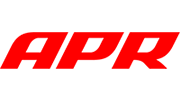
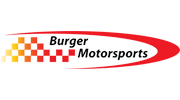
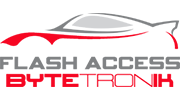

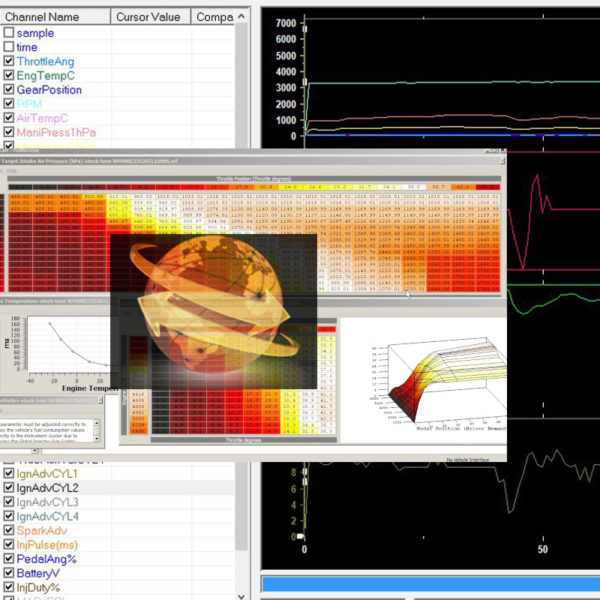
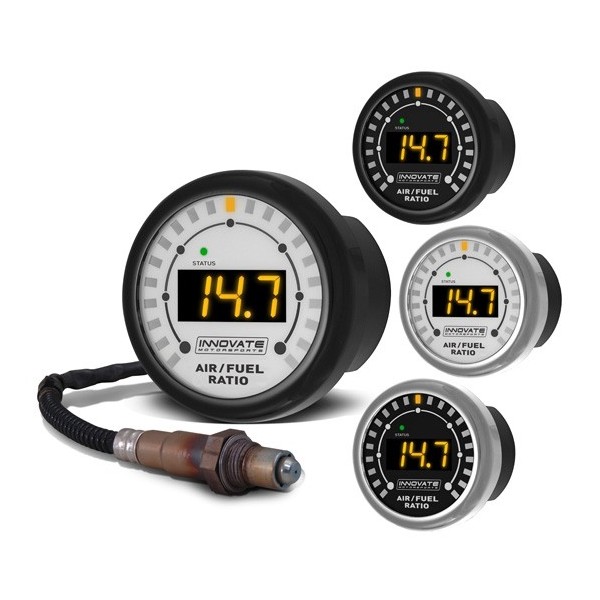
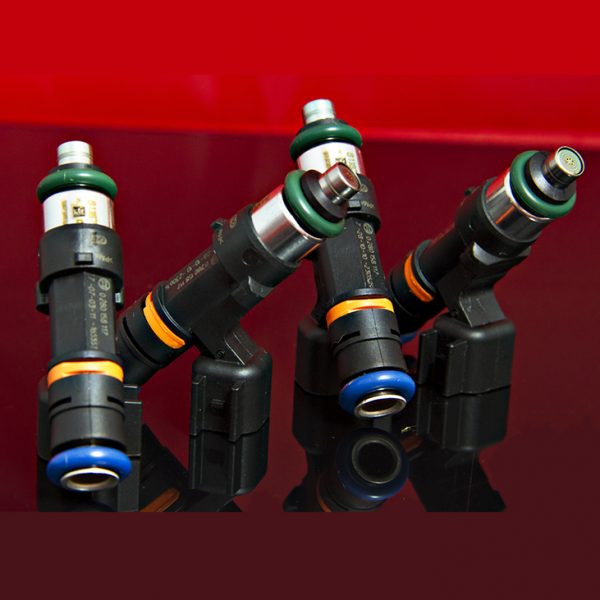
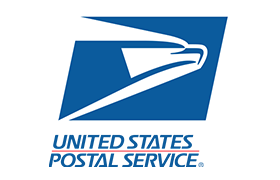
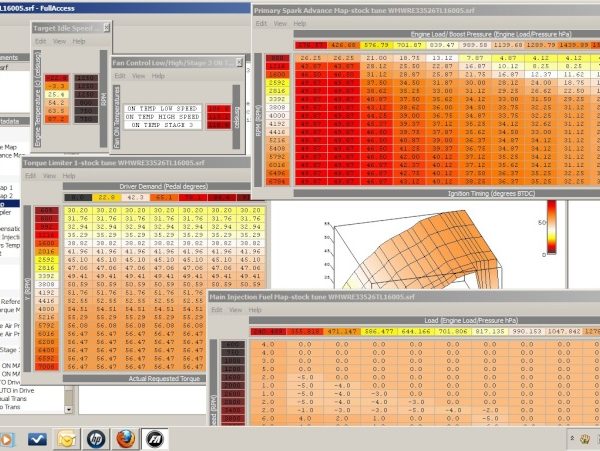
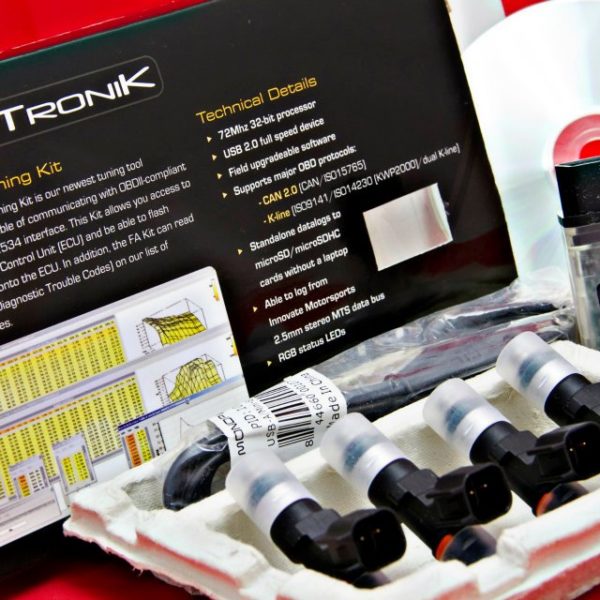
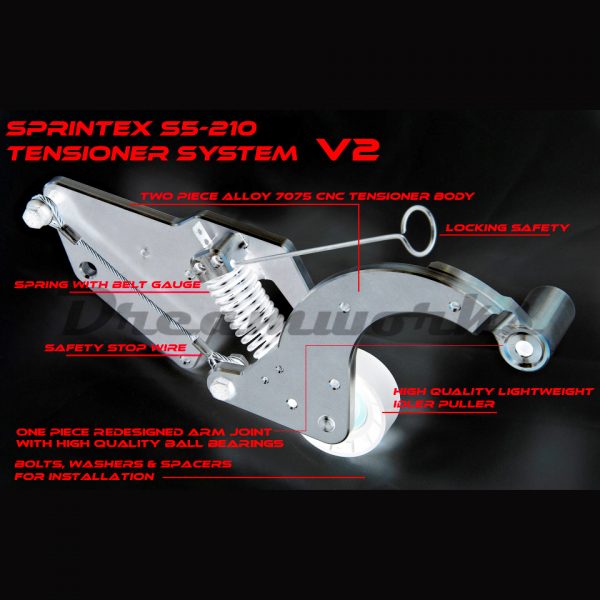
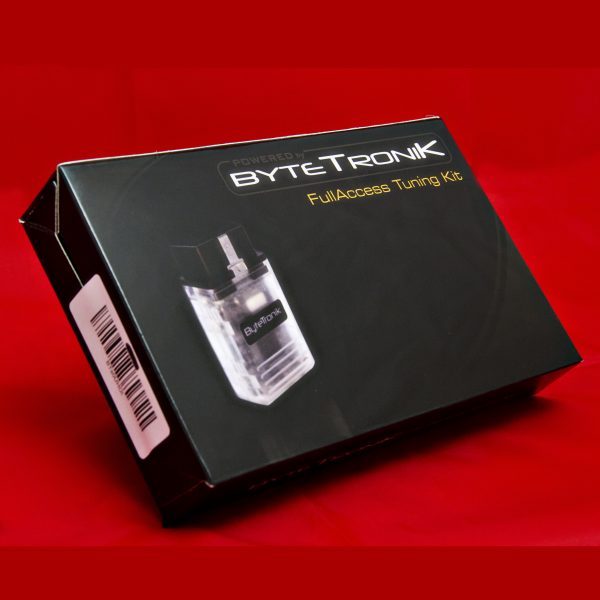

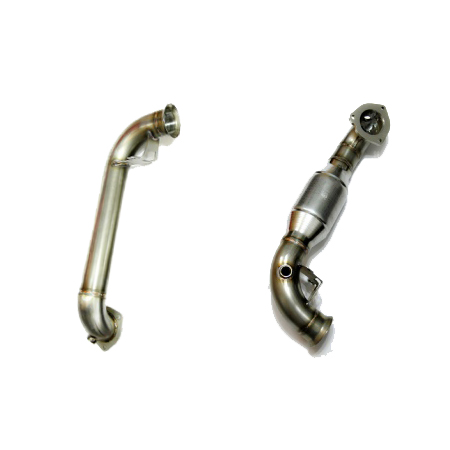
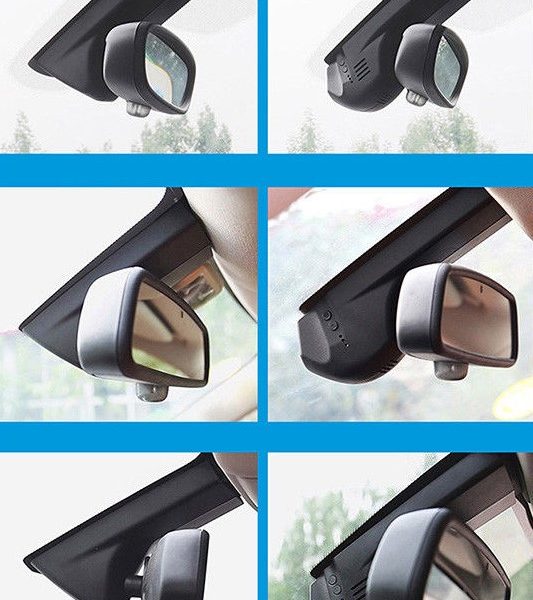
Reviews
There are no reviews yet.